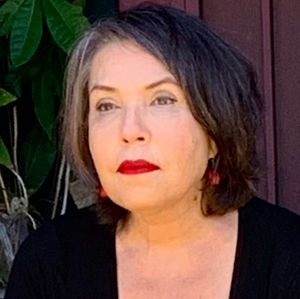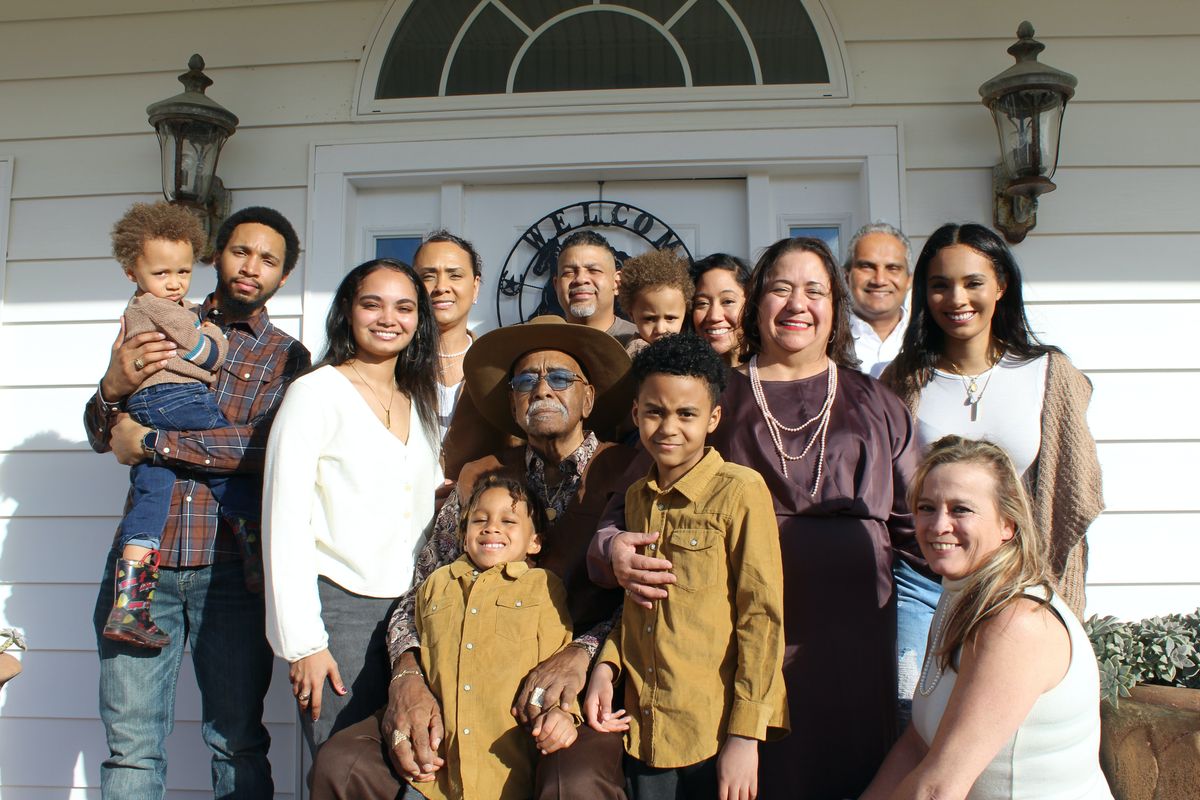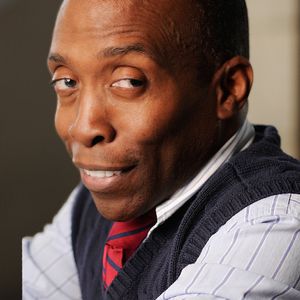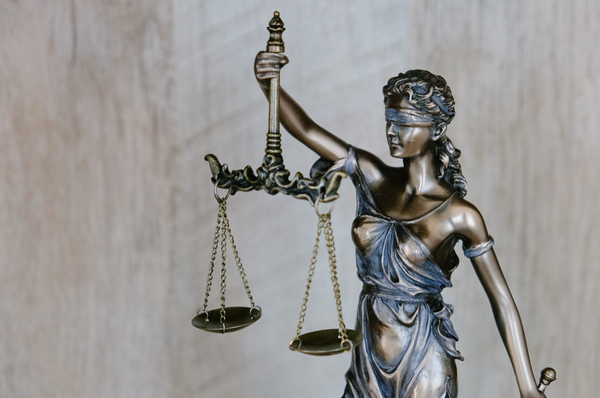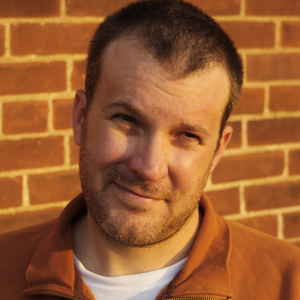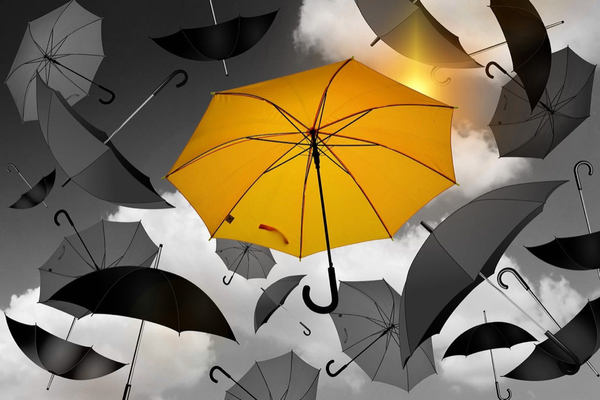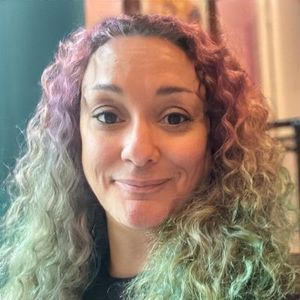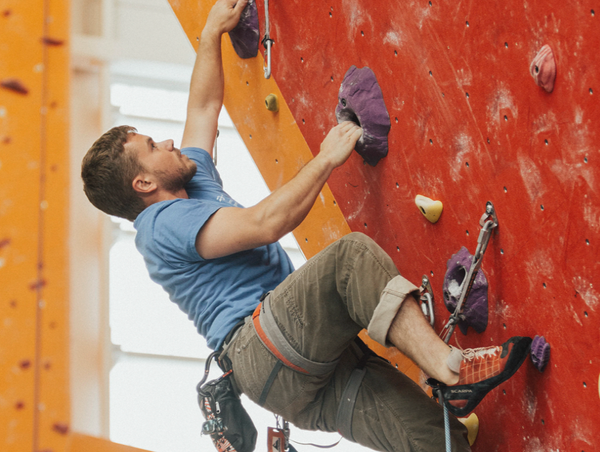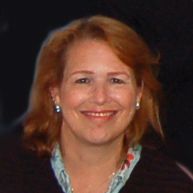ON SEPTEMBER 20, 2019, my heart blew up. I felt like the Grinch when he finally understood what love is and his “small heart grew three sizes that day.” I had known beautiful love before, but not like what I felt when I met my grandson Benjamin, minutes after his birth. I’ve never felt that kind of instant, enormous, and profound love. My son is Mexican American and my daughter-in-law is Black, making Benjamin, my precious grandson, biracial.
Eight months after Benjamin was born, America experienced a racial awakening. In the spring of 2020, after police killed yet another Black man, George Floyd, protest marches quickly filled the streets in hundreds of cities across the United States. Within days the campaigns for police reform and anti-racism grew into an international phenomenon as multitudes of people throughout the world turned out to support Black families, friends, colleagues, and more often than not, strangers.
George Floyd’s murder angered and saddened many and moved us into action, to not only show solidarity by marching but also by seeking to learn more about the Black experience. In countless businesses and organizations, new initiatives were launched, new policies were put in place, new inclusion efforts were made, and difficult conversations on race, unearned white privilege, and inequity were started. This collective awakening of what it’s like to be Black while living in America resulted in non-Black people by the thousand finally starting to listen to their Black fellow citizens.
In my place of employment, staff decided to hold community chats to facilitate understanding and offer support to those who’d joined the protests. It was during one of these discussions that a biracial colleague shared what she’d experienced. After joining a protest near her home, a Nazi militia member confronted her, pulling a gun and threatening to kill her.
She didn’t leave home for weeks after that.
It’s not like she could change clothes and confuse her attacker. It’s not like she could dye her hair and make herself different so her attacker wouldn’t recognize her. It’s not like she could change her lifestyle and suddenly be acceptable to her attacker. It’s not like she could grow a new skin that would not be Black.
I am not Black, and I will never pretend to know what it’s like to live with Black skin. I do have an idea based on my personal experiences as a Latina in which I’ve faced discrimination, profiling, and outright attacks as well. BUT, even so, having an idea and actually living the often more severe experiences Black people face are two very different realities. Thus, I have taken it upon myself to learn as much as I can by reading and talking with my Black friends and colleagues about their experiences—their hard truths, even and particularly now.
Hard truths about race are not easy to process, especially if we already feel guilty for not experiencing them ourselves, not paying attention to them when they happen in front of us, or worse yet—seeing them and doing nothing.
My colleague cried as she talked about the effect her attacker’s threat had on her and her family. What drove home the heinous reality of anti-Black racism was my darker-skinned colleague’s declaration, her voice shaking and hands trembling: “And she’s a light-skinned Black woman.”
My colleague’s statement was not lost on me. Even though my grandson is a light-skinned Black boy, he’ll face the same myriad of challenges that my colleagues face. He has a higher chance of becoming a statistic than a success. And I can’t, won’t, allow that to happen. I may not be Black, but that hasn’t stopped me from learning about the Black experience.
Still, my experiences with being “othered” were not as intense as those of my Black friends.
I have always learned from and about the diverse people I’ve interacted with by focusing a large part of my formative years reading books about other cultures, other ethnicities, other histories. As a child, I wanted to be like Harriet Tubman, speak like Frederick Douglass, and make scientific discoveries like George Washington Carver. I had a better understanding of the world around me as well as drew inspiration from these icons of American history with whom I could identify. Their life stories and their commitment to making the lives of those around them better resonated with me.
For my sophomore and junior years in high school, I attended an all-girls Catholic school, and that was the first time I clearly understood discrimination. In that school, I had few friends and all—with one lone exception—were girls of Color. We didn’t fit in with the majority of the white girls, and so we sought out each other’s company during the dreaded recess and lunch breaks. Still, my experiences with being “othered” were not as intense as those of my Black friends.
I didn’t understand why we were shunned. I didn’t understand why my friend’s skin color decided her fate. I would think to myself that if the white girls would only talk with us, they’d know that we were fun, nice, and smart. We could even become friends. I also didn’t know why even the administrators seemed to subscribe to this idea of shunning us or questioning our abilities, especially given that we had to be accepted into the school to begin with. And despite my knowing about and reading great Black writers on my own, the books we were assigned to read in this school were almost entirely written by old white men.
It wasn’t until my senior year, when I transferred into a more progressive high school, that my homework assignments, as well as the student body, truly reflected the diverse world I had learned about in my childhood and had come to appreciate so highly.
During my last year of high school, I lived in a dormitory on campus. I lived with people from all over the United States and all over the world—Georgia, New York, California, Afghanistan, Japan, Egypt, Mexico, and Iran. I learned more about diversity and differences between cultures than I ever had before. I also learned how similar “different” people are.
At this second high school, I learned that love of family is the same no matter where you come from. I learned that people from any group can be hurtful, and people from any group can love you, hold you up, and inspire you. During my senior year, I became part of a larger family, a larger human family, and I understood how we were all different yet still connected. As a family, we were all different yet still connected. As a family we were all (and should still be) accountable to each other, learn about each other, care about each other.
As I became an adult, the experiences of my youth shaped my perspective and my understanding that to make the world a better place, I must learn not only from books and sciences but also from and about each other through life experiences. My life’s focus and passion is to educate myself about other people’s experiences—knowing that one person’s truth could not possibly represent everyone from their specific background. And so my personal quest to be inclusive, have diverse friends, create space for differences within my life, and instill in my own family the value of acceptance became not only my mantra but my professional focus as well.
Though I’d read many books written by Black authors and had intentionally created an inclusive, intimate circle of friends from all backgrounds, it wasn’t until I worked professionally in promoting diversity that I truly understood the specific challenges of the Black community. Within my career, I’ve witnessed the insidiousness of racism cushioned in the most seemingly benign manner. This job gave me an additional perspective of the Black experience, this time in a corporate environment.
I admit that I do see color. Saying I don’t see color would negate the experiences of my Black colleagues.
The Black experience, the Black narrative, attacks on the Black body are a bit different—sometimes more subtle—in corporate America than they are on the street, yet these realities are just as important for us to dismantle to create a more level, equitable, and fair playing field. Within the context of corporate America, Black people encounter racism before they walk in the door. On resumes, their names are met with negative bias before they are hired and candidates are labeled as the “diversity” hire after landing the job. Oftentimes, when layoffs occur, Black employees are first to go, a frequent occurrence during challenging economic times. And in the larger world of industry relations, executives at the highest levels are predominantly white men, demonstrating by example that corporate America is still a white boys club. A level playing field would not allow for this to be the case but instead would mean more equitable opportunities within the business sector, industry, and media that reflect the world of inclusion I’ve come to appreciate. It would mean we all had a fair chance of being seated at the table.
But that understanding and representation mean commitment, work, and getting out of the comfort zone of familiarity. For me to change—to truly embrace change—I knew I needed to start from a place of knowing that I was ignorant of the Black experience. It was important for me to learn and reflect on the stories coming from the Black community. This meant not only listening to those in my community who face the greatest risk of being directly hurt by racist actions; I must also speak out the moment I see things happening to my fellow Black Americans, especially because I am not Black. I want that for my Black grandson.
I admit that I do see color. Saying I don’t see color would negate the experiences of my Black colleagues. Just as we are doing at work, I now talk about race with my family and friends when the opportunity arises, understanding how the history of racism, othering, persecution, and destruction is still reflected in how our society functions today.
I remember when I was looking for a new home to rent some years ago, I was moving from a mostly white neighborhood that was viewed as “upscale,” “nice,” and “with good schools.” I eventually found a beautiful, more affordable home in an “urban” area of Los Angeles where the community was mostly Black. When I let friends know that I was moving into this neighborhood, I was immediately met with concerns for my safety.
I decided to do a little research, as I always do, and discovered that my former “nice” neighborhood had more assaults, rapes, and even murders listed in the online public reports on crime than my new “urban” neighborhood. I’ve happily and comfortably lived in my beautiful, more affordable home for more than six years. I don’t act on things based on hearsay. I research and investigate a situation myself to make my own informed decisions.
When I talk with family, learn about friends, or discover things about them or myself that I may not like, I see it as an opportunity for growth. I know I must be willing to be uncomfortable when facing hard truths regarding racism or even microaggressions—whether they exist within me or my inner circle. It’s not an easy conversation to have with family and it’s even harder with friends, especially if I value the friendship but don’t like the behavior.
An example of a microaggression presented itself to me during the pandemic shutdown of 2020. A (white) friend of mine posted an article on his social media page about how the European Union had formally blocked Americans from entering their countries due to the spike in Covid infection rates in the United States. A comment left by one of his white friends questioned whether the “riots, arson, destruction of property, extreme violence, and lawlessness going on here (the U.S.) affected their decision as well. That kind of virus can spread just as quickly as Covid and potentially have even more damage in the long run,” he concluded.
I thought about this white man’s comment and realized that his focus was not about the protests to stop the killing of Black people by police but on the destruction of property and the limitation or inconvenience of not being able to travel to Europe. I felt compelled to respond and so I commented that I “wouldn’t doubt it if all the police brutality, violence against peaceful protests, and flagrant racism going on here affected their decision as well. That kind of virus can spread just as quickly as Covid and potentially have even more damage in the long run—ask the descendants of the slaves brought over from Africa or the families of Eric Garner, Philando Castile, or George Floyd, just to name three.”
Everyone should have a Benjamin in their lives.
I would not have been able to respond to this comment and address his complete lack of understanding and focus had I not been committed to educating myself about the Black experience, being an active listener to my Black friends and colleagues, and bringing all of that knowledge to my answer.
The spring of 2020 was a zeitgeist moment, ripe with opportunities to truly learn about each other and ourselves. I acknowledge that this collective awakening of what it’s like to be Black while living will always be part of the American fabric in all our lives because of this moment. However, to make this a lasting change in my life, I commit to continue doing my part in moving our country forward from this flashpoint in our history. I commit to doing right by Benjamin.
Everyone should have a Benjamin in their lives. Someone who represents hope, who is unstained, who instantly holds hearts that grow three times their size, simply because this Benjamin exists. A Benjamin, like my grandson, can provide even the most unenlightened or hardened of people the chance of unencumbered, unpolluted, pure love. The crux is being open to that possibility, being open to a literal change of heart.
But change is hard. Real change, in which Black Americans are accepted, loved for who they are, fully supported, encouraged, and given equal opportunities to succeed, is harder but important and necessary. I know that if I’m truly committed to this most essential change for my Black sisters and brothers—for my grandson—to be truly real, to take root, to grow into a way of loving and living and not be for just a moment, I must take personal responsibility to research, read, and create an understanding approach and then pass it on to those around me. I must be willing to listen and grow even if it’s uncomfortable. I must continue building outward from my insular inner circle.
I take great personal pleasure in knowing that because of my commitment to learning about diversity from a young age, I passed that on to my now-adult sons. Their friends throughout their lives were from all ethnic backgrounds. I loved watching them play with friends as children, then date as teens, and finally marry partners who are Chinese American or Black American. I love that my family is inclusive and that my first grandchild is biracial. I owe him a future that is inclusive and supportive of all he is. That is my promise to Benjamin.
I love my family. It’s an amazing microcosm of the possibility of what our country can be.
And it is truly beautiful.
Excerpt from Fieldnotes on Allyship: Achieving Equality Together.

